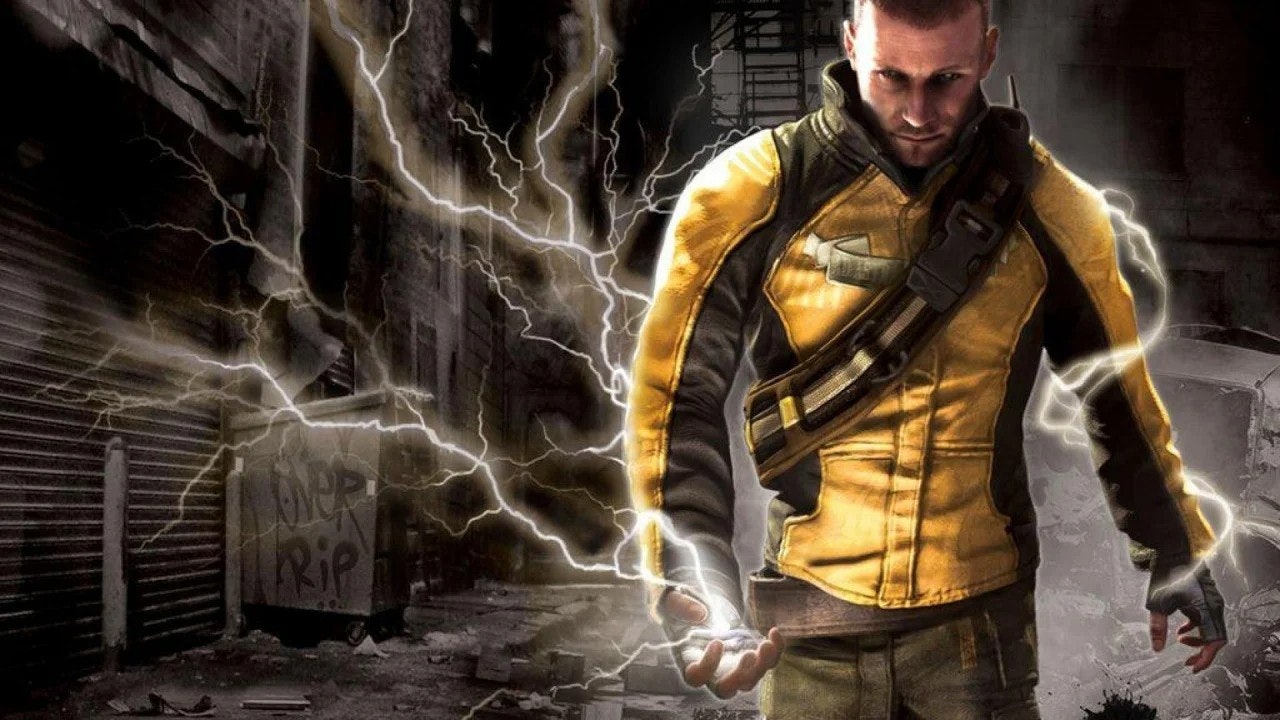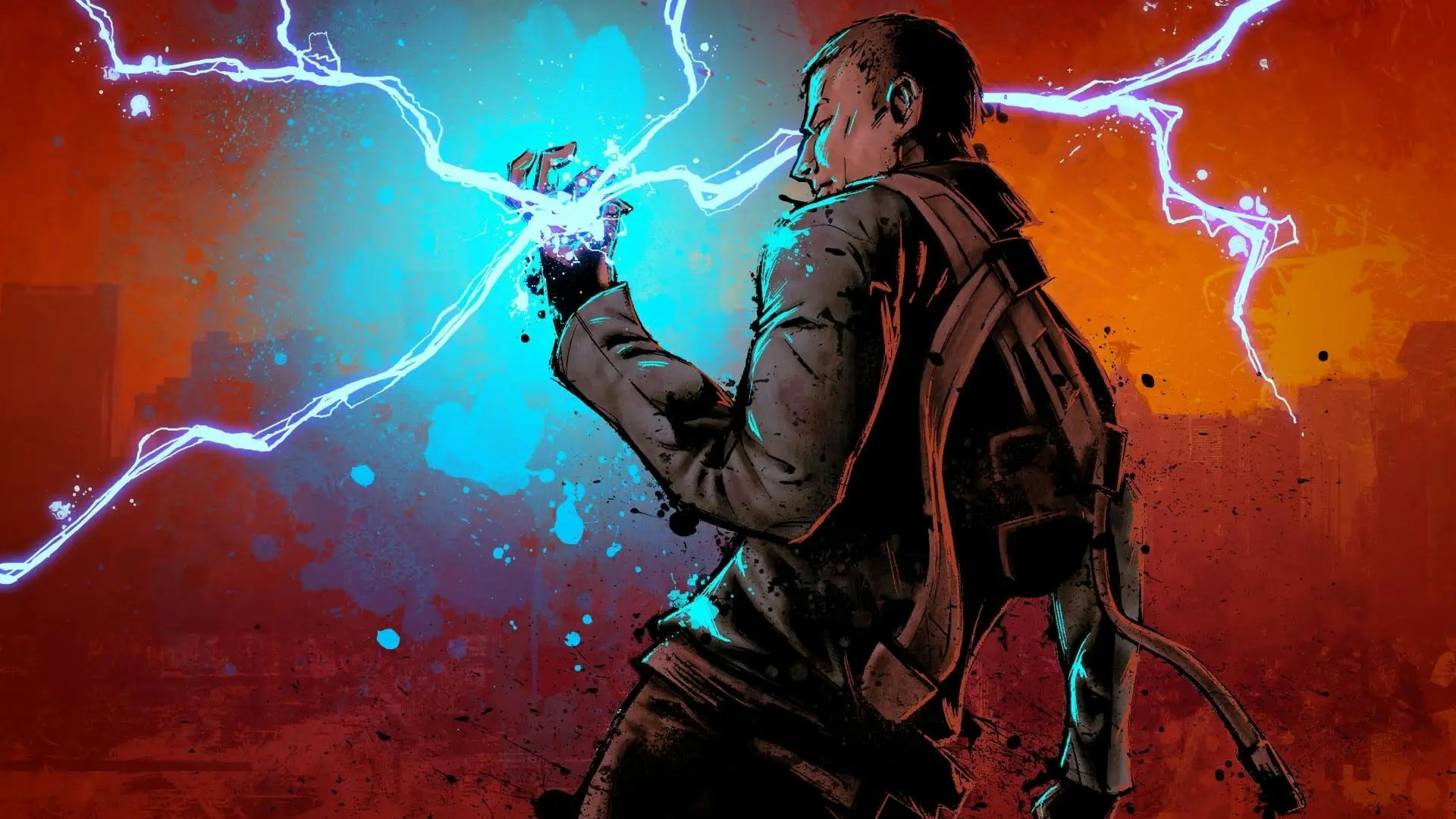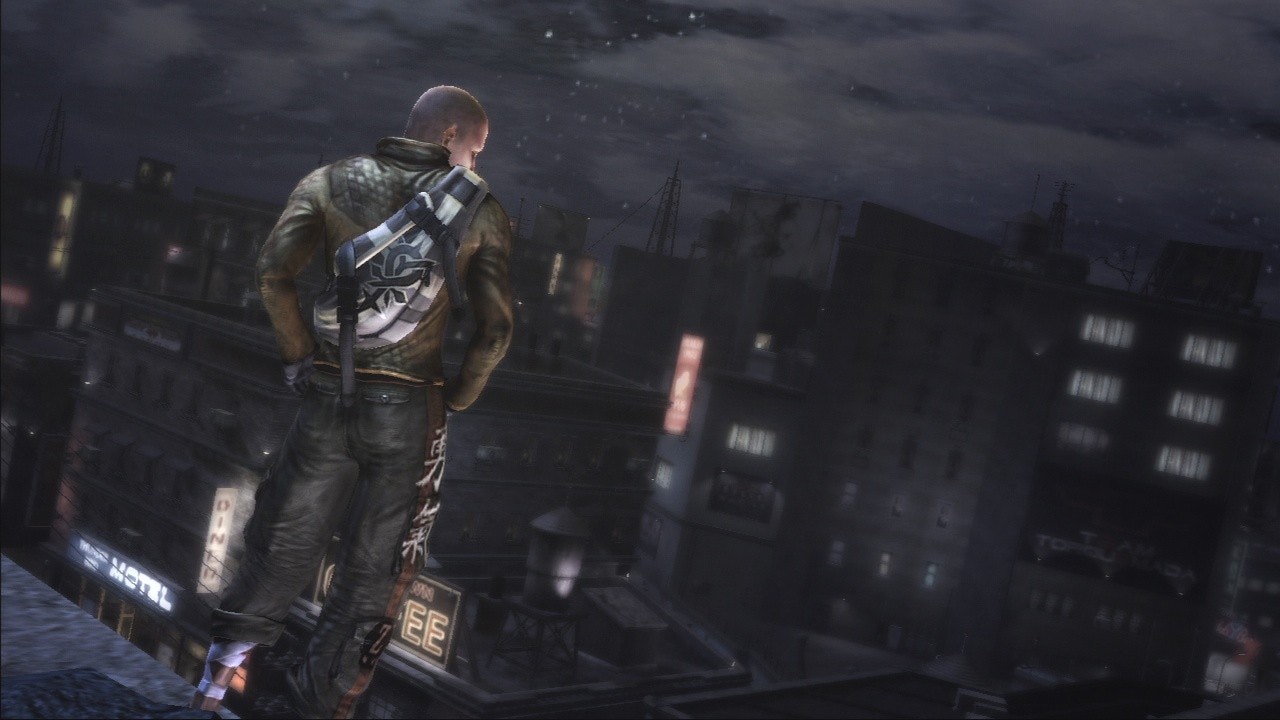
There’s a plethora of superhero games out there, but the vast majority of those fall into adaptions of existing properties. That almost exclusively means Marvel and DC. In 2009, however, one title changed that by delivering one of the very best superhero games ever as a original IP. Developed by Sucker Punch Productions, Infamous provided an entrancing super-powered open-world game that also looped in some interesting morality elements without having to be beholden to some pre-existing franchise. It would end up kickstarting one of PlayStation’s most popular franchises, and turn Sucker Punch into one of its key developers.
Infamous is set in Empire City, a fictional metropolis that’s loosely based on New York City. It’s largely separated into three districts: the business-focused Neon District, a slum called the Warren, and the fittingly-named Historic District. Cole MacGrath is a bike courier working in Empire City who is accused of triggering a massive explosion that destroys a large part of the city, and it also miraculously grants him the power to control electricity. Cole has to grapple with his newfound powers while also trying to clear his name and find out the truth behind the explosion.

Despite being an original property, Infamous strives for a kind of “comic book” aesthetic. The narrative may not be the most interesting, but it plays around with superhero stereotypes in some interesting ways, and the presentation is where it really shines. Cutscenes are presented through gorgeous comic panels, and Empire City has a “gritty” aesthetic that feels similar to something from a Frank Miller comic. Infamous may not have the most serious story out there, but it successfully embraces a comic-style campiness.
Infamous doubles down on how Cole’s powers let him traverse the environment. On top of an Assassin’s Creed-like climbing system, Cole can use his electrical powers to hover over long distances. Later games would expand on these traversal options even more, but getting around the city still feels fantastic even in the first game. Part of this boils down to just good world design, as the whole city is designed to simply let you jump and flow through it.

Cole’s electric powers are reliant upon him having enough charge, but luckily again the world is impeccably designed in this regard. You can absorb electricity from cars, neon signs, and a variety of other electrical sources. Said powers also let you overload generators and other items for explosive effects.
There are seventeen different “powers” to unlock, including basic ranged blasts, using electricity as melee weapons, and even calling down a massive lightning storm. Cole’s powers can be heavily altered by the game’s morality system, with almost every action contributing to either positive or negative “Karma.”
The main narrative of Infamous doesn’t change based on your choice, but what does change is who Cole is as a person. It’s not the most robust morality system out there, but it is well executed in how it changes your perception of the choices Cole makes, and how he factors into the overall narrative.

Before Infamous, Sucker Punch was mostly just known as the developer of Sly Cooper, an admittedly fantastic stealth-platformer series that, unfortunately, never reached the same popularity as Jak & Daxter or Ratchet & Clank. Still, Infamous kickstarted a history of Sucker Punch as a wildly talented developer that consistently redefines itself. Just look at Ghost of Tsushima.
While there were open-world superhero games before Infamous, none had done it quite as well. The way Infamous really let you embody Cole’s powers was something special, and future games like Prototype, Saints Row, and even Marvel’s Spider-Man, would take cues down the road.







